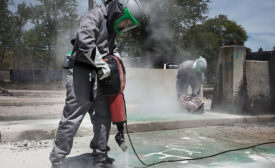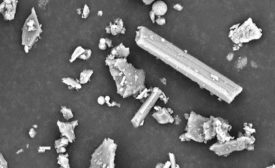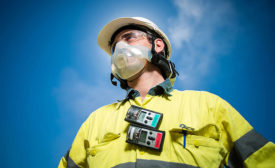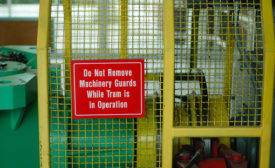Government Safety Regulations
Best Practices
Essentials: ACGIH® TLVs® and BEIs® booklet
Read More
NFPA 70E’s focus on preventing human error
All about human performance, error precursors & risk
October 1, 2019
Editor's Note
OSHA – the good, the bad, the future
“Our Savior Has Arrived” once said safety pros. That was long ago.
October 1, 2019
U.S. Steel Corp.'s safety shortcuts lead to fatal explosion
Time and cost concerns blamed in 2 worker deaths and serious burns to another
October 1, 2019
Machine guarding: Compliance problems continue
OSHA’s standard is frequently violated
September 30, 2019
Become a Leader in Safety Culture
Build your knowledge with ISHN, covering key safety, health and industrial hygiene news, products, and trends.
JOIN TODAYCopyright ©2025. All Rights Reserved BNP Media.
Design, CMS, Hosting & Web Development :: ePublishing











